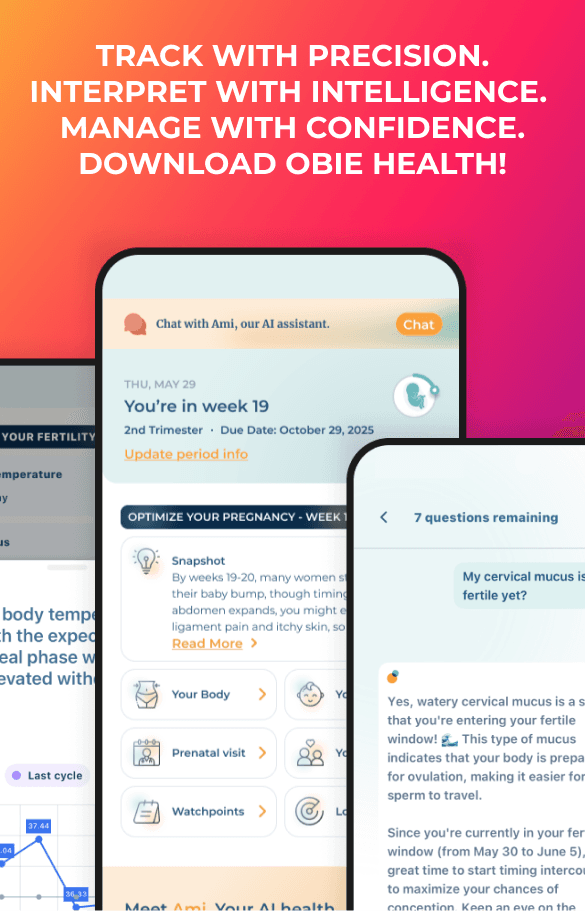Pelvic Examination
Reproductive Health
Obie Editorial Team
During a pelvic Ob-Gyn examination you will be assisted the into the lithotomy position with the back of the table adjusted to a 45-degree angle. Now the doctor will move on to the pelvic exam. Here you will be assisted the into the lithotomy position with the back of the table adjusted to a 45-degree angle. At this time, you may be offered the opportunity to see the pelvic exam with the help of a small hand-held mirror. This is a very informative level of education and participation, though of course if you are not comfortable with this, it is perfectly fine to decline from holding the mirror. At this time you should be given a draping sheet to cover your lap. If you have not do not hesitate asking, as this may greatly improve your comfort level. The doctor will adjust the foot rests and ask you to place your feet in the foot rests, and ask you to place your hand on the edge of the table and slide forward until you feel your hand. The footrests should be adjusted so that your knees fall to at least your shoulder width.
At this point you should take a deep breath and relax yourself. If you are not comfortable ask the doctor for assistance. The doctor will then adjust the lamp to illuminate the perineum and you should feel the warmth of the lamp. The doctor should then wash their hands, put on gloves and let you know the pelvic exam is to begin. The doctor will lift the draping sheet just enough to begin the visual examination of the external genitalia, first viewing the perineum and mons pubis. The doctor should only expose what is necessary to examine at the time, so the legs should remain covered. This helps you feel more comfortable and less exposed.
The doctor will be looking for any abnormalities, signs of trauma (bruises, cuts or abrasions that could indicate abuse), inflammation, rashes, nits, crabs, lice, lesions, masses, etc. Also noting the pattern of hair growth; in women it is usually triangular shaped, and in men it is usually diamond shaped.
Before the doctor begins, they should always verbally alert you that they are about to begin the physical part of the exam. They should establish a tactile signal as well by touching the back of their hand against your thigh. They will begin palpating the mons pubis, the area on the hairline and pubic area, using the circle and drag technique, working back and forth with one hand, then working down and palpating the inguinal lymph nodes (in the crevice of leg and pelvis). Normally once they have established the signal and have begun the physical exam, they should not break that physical contact. If they do, then they reintroduce the signal and verbal alert. Ideally, you want to have this exam proceed as smoothly as possible, being thorough, but at the same time not leaving you exposed too long.
From the mons pubis, they will next examine and palpate the labia majora, the outer folds then the labia minora, the inner folds. The doctor palpates each fold gently between their thumb and forefinger, working down from the top to the bottom of each fold. Then they retract the prepuce, the clitoral covering, careful not to touch the clitoris, and visually examine the clitoris.
With one hand, they separate the labia minora and visually examine the urethral meatus, the opening of the urethra, and the introitus, the opening to the vagina. They then insert their index finger into the introitus up to the first joint and palpate or milk the Skene's glands that would be located at ten and two o'clock. They will only be able to detect something if there is a problem. Now they should rotate their finger down to palpate the Bartholin's glands at about 5 and 7 o'clock. Again, it may not be easy to locate these unless they are inflamed. They remove their finger, and visually examine the perineum, the space between the introitus and anus, then visually examine the anus, the entrance to the rectum.







